In this video, Westcott’s in-house photographer, Ashley Boring discusses the many reasons why a photographer might want to make on camera flash look natural. When you are working in a tighter room or shooting with limited space, on-camera flash is a convenient way to capture your subject without having to move gear around as you shoot. On camera flash is a very useful lighting technique that can result in beautiful images when used correctly and also provides the opportunity to mix artificial lighting perfectly with natural light.
Ashley begins by demonstrating a situation in which you would commonly want to use on camera flash. Placing her subject with her back to the sun gives her a backlight which also creates a great hair light, but leaves the subject’s face in shadow. In this circumstance, using on-camera flash like the FJ80 speedlight, will quickly and easily fill the shadow on her face. The trick to lighting her face with the flash is to balance both the ambient light and the flash so one doesn’t overpower the other. By overpowering the existing ambient light, you could risk capturing unnatural and harsh lighting on the subject. Ashley set up her flash with a strong exposure on the background first without flash, then added flash until there was a good balance between the two. Without using on-camera flash you would need to determine if you wanted to expose the background or the subject in your shot, but by simply adding on camera flash can both receive a perfect exposure in natural light.
Another tip when shooting with on camera flash is to add diffusion to the front of your speedlight. Ashley is using the magnetic diffusion dome on the FJ80 to widen the light spread and make the light more even overall. Adding a diffusion to your flash also helps you avoid hot spots on your subject. One common misconception when adding a diffusion dome to your speedlight is that it softens the light. Since the dome only slightly increases the size of your light it doesn’t make the light noticeably softer when shooting in natural light.
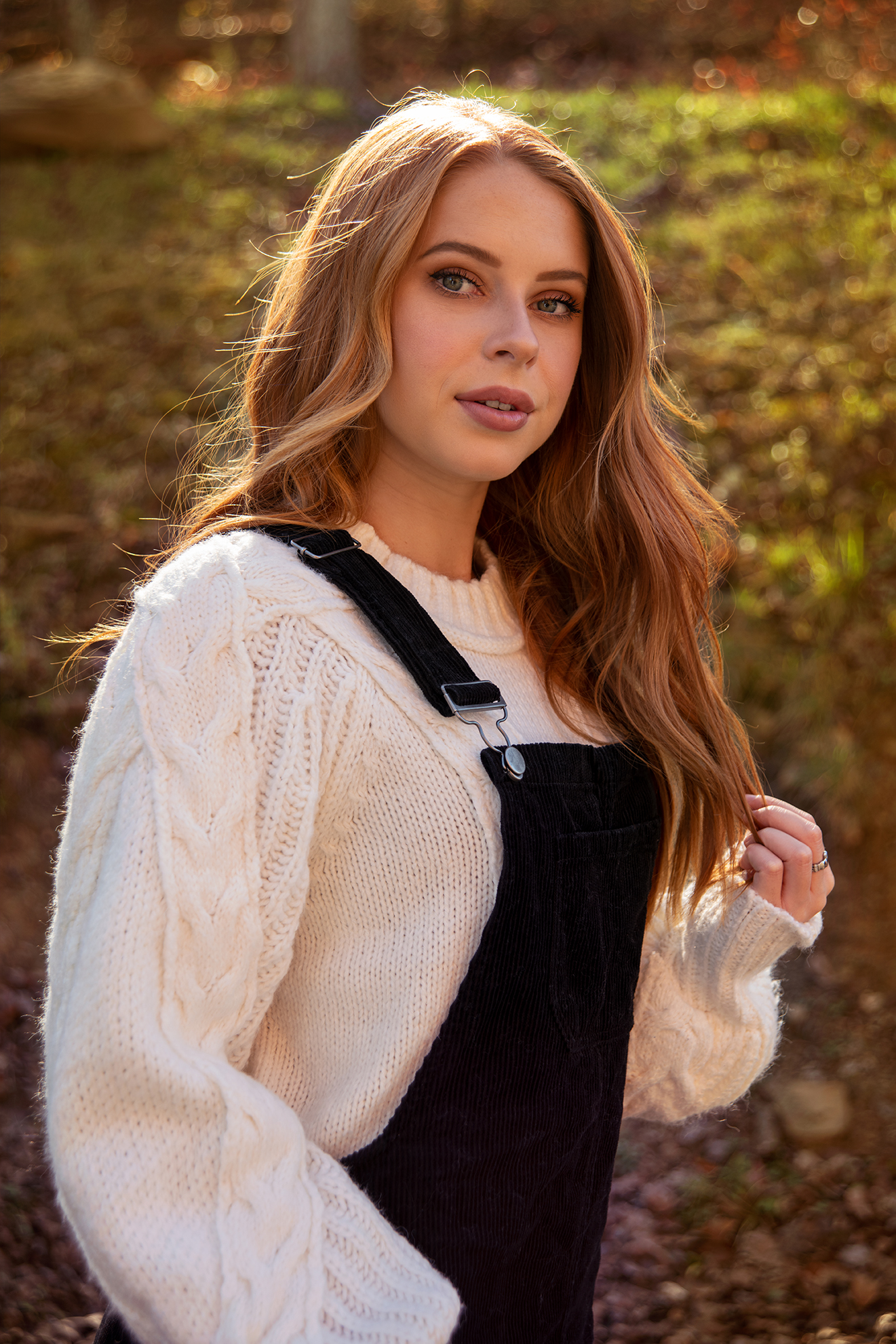
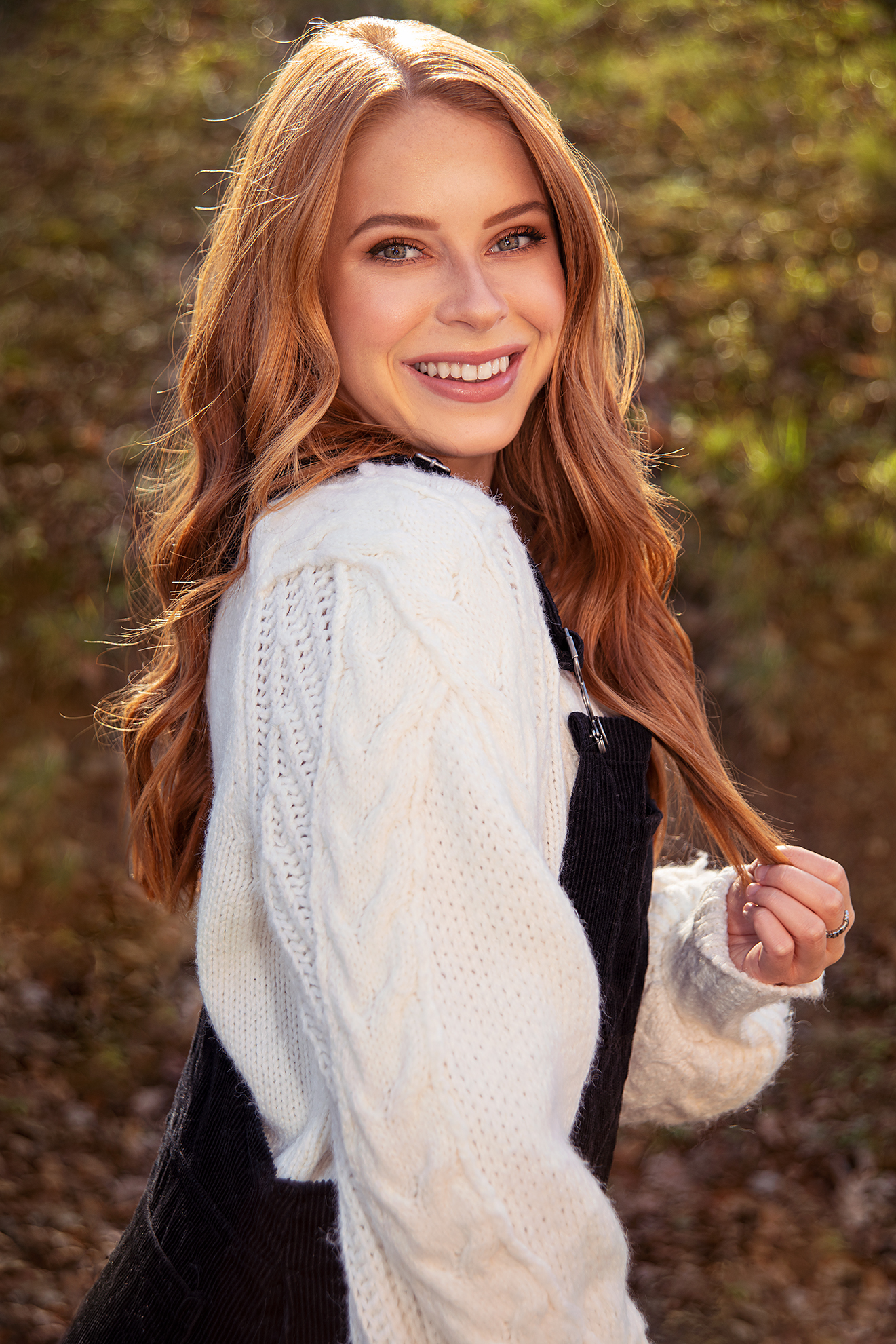
The real advantage to adding a diffusion dome is that your light will be more evenly spread throughout your capture. This can especially help with getting more even light shooting full body portraits outdoors. Adding diffusion also will help you avoid capturing hot or bright spots on your subjects skin. If you are shooting indoors, the diffusion dome will make the light omnidirectional which allows you to easily bounce light around the room. One thing to note when shooting flash with a diffusion dome, is that you will lose flash power so you will want to compensate for that by increasing your flash output.
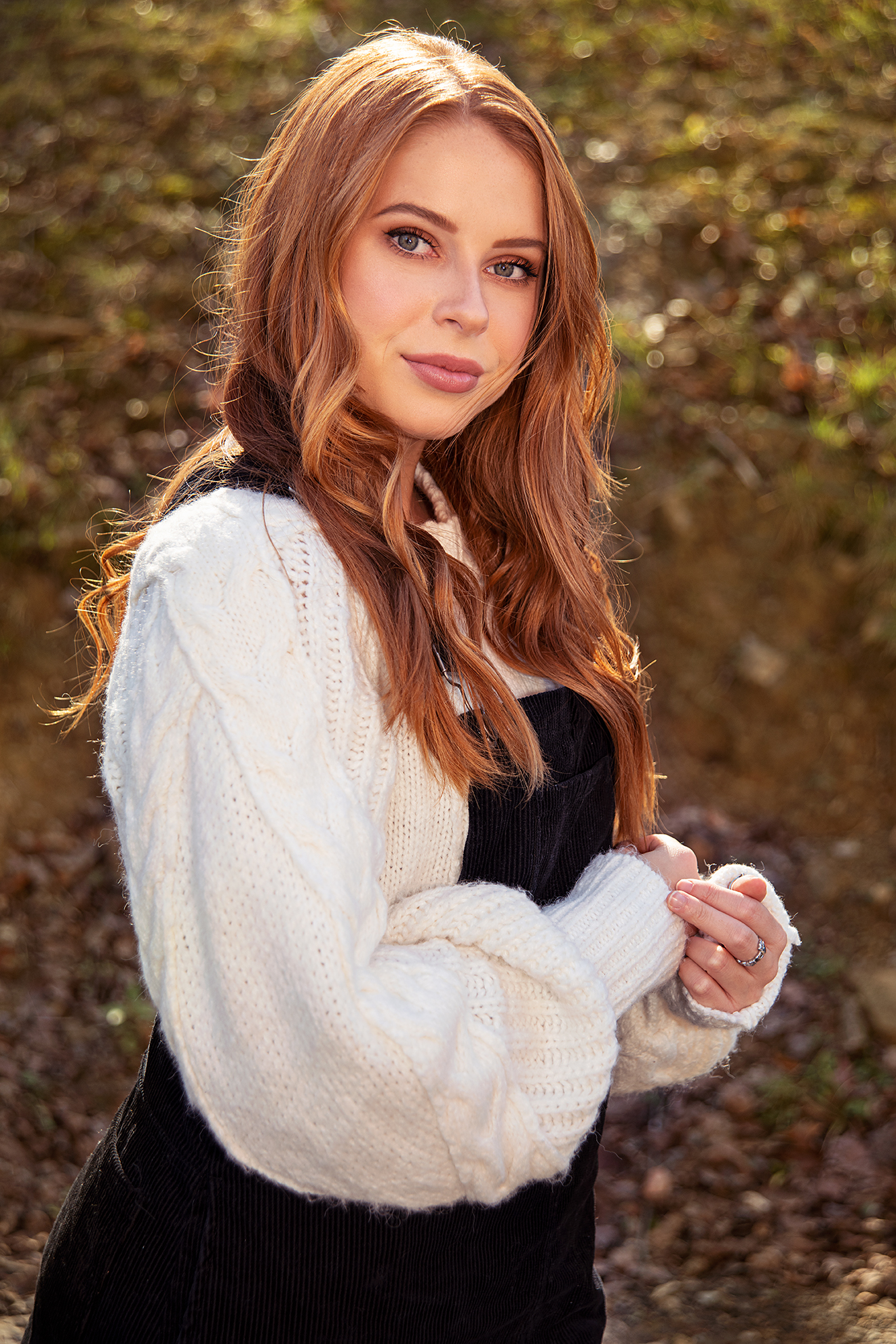
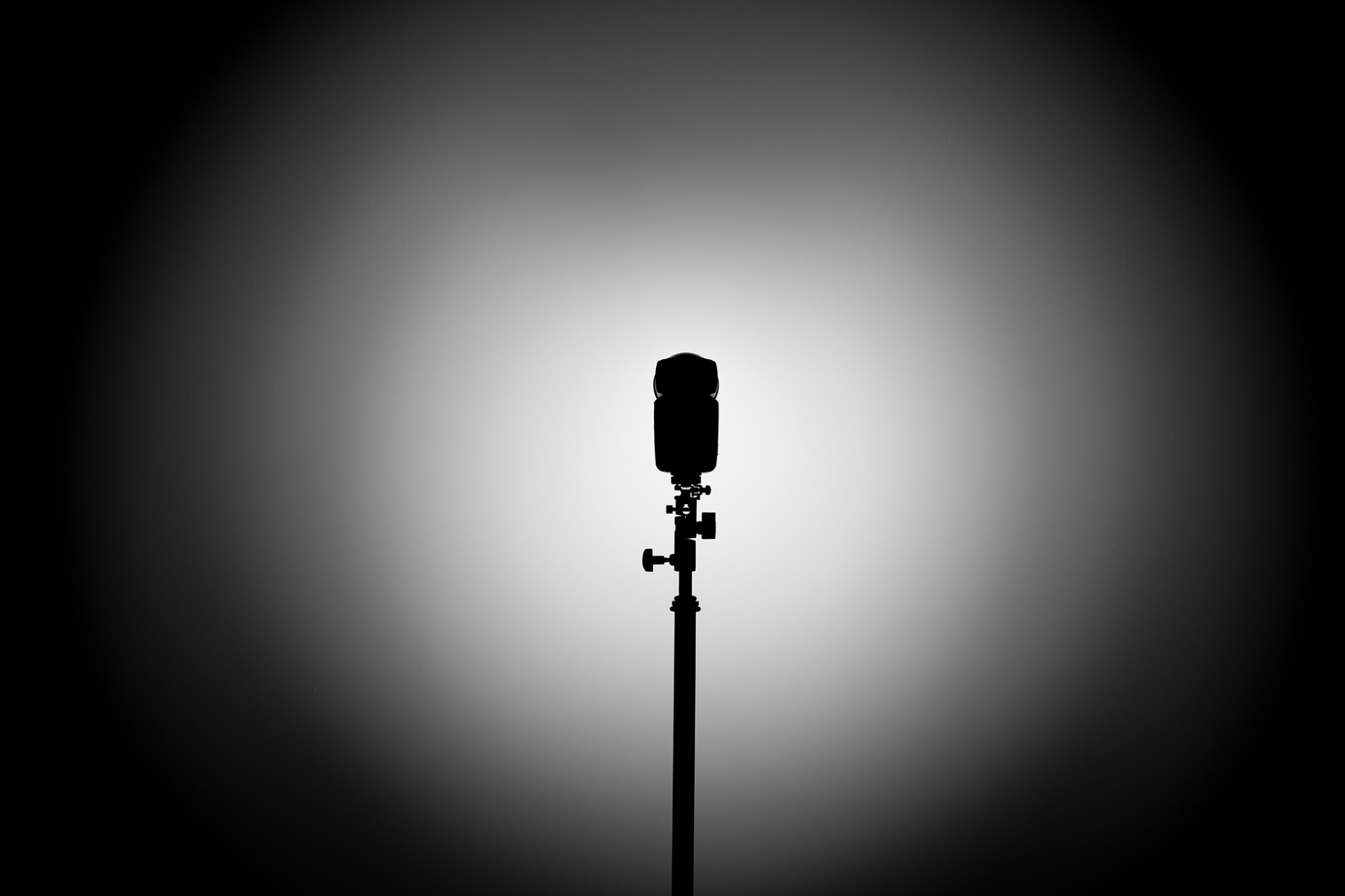
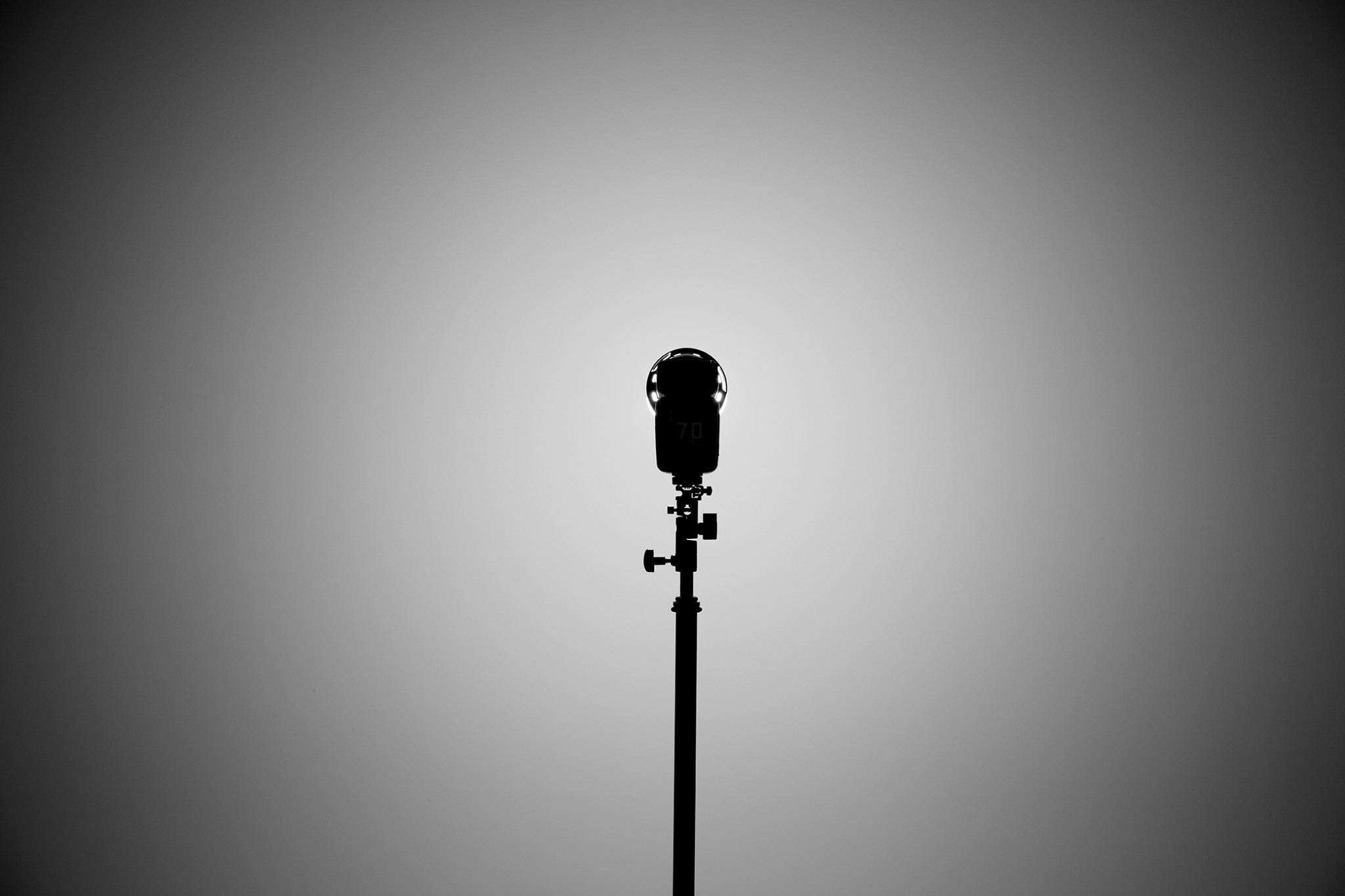
One of the best things you can do to get more natural, flattering light when working with on-camera flash is to bounce the light. Bouncing the light off of a larger surface will not only soften your light, but it also adds direction to your light. Adding direction to your light helps create shadows and highlights on your subject’s face, making it more natural and dimensional.
Bouncing your flash is easiest to do indoors where you can bounce it off walls and ceilings. However, bouncing your flash outdoors calls for a bit more creativity with reflective surfaces. You’ll notice Ashley’s only large surface to bounce the light was the building wall behind her. The warm hues of the wall were not ideal to reflect the light because it would bounce and pull the color of the wall in with the light as it bounced back. It’s best to bounce your flash off a surface that is as close to the color white as possible to ensure the best balance of light. Prepared for a situation like this, Ashley brought in a white reflector to bounce the light off of, then aimed her speedlight at the reflector, so that it would light up the reflector then bounce onto her subject’s face.
Learning how to shoot with on-camera flash can be tricky at first, but knowing how to bounce the light and expose your subject properly will leave you with more natural looking photos.
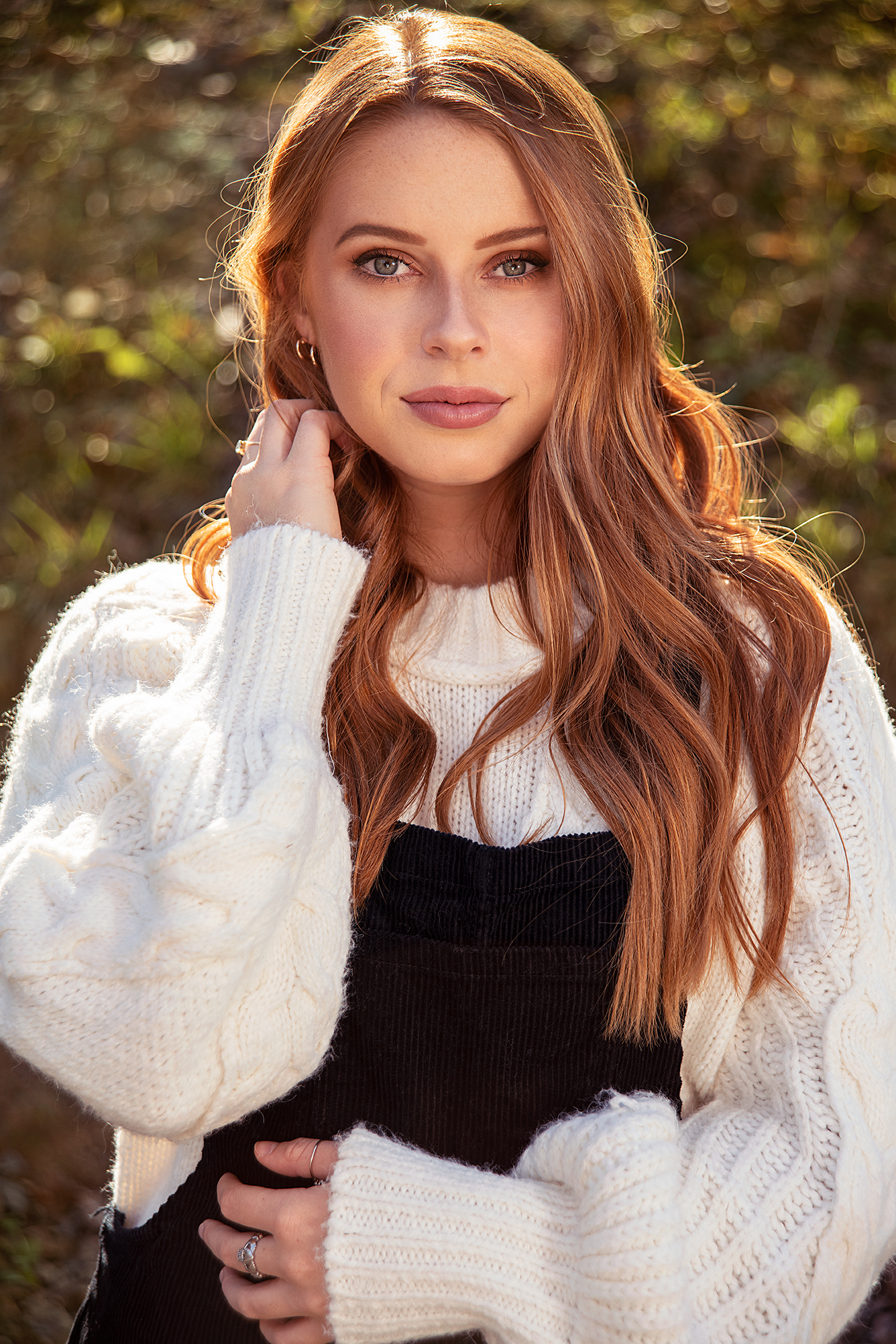
Learn how Ashley uses the FJ400’s front and rear curtain sync functions to create light trails here.
Lighting Gear in Action

FJ80 Universal Touchscreen 80Ws Speedlight4750

FJ80 Universal Touchscreen 80Ws Speedlight4750


You must be logged in to post a comment.